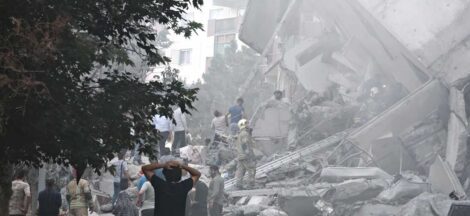Defence Minister Rajnath Singh briefed opposition leaders in an all-party meeting, detailing the objectives and outcomes of the operation. According to military officials, the strikes were precise, aiming to neutralize infrastructure associated with groups such as Lashkar-e-Taiba and Jaish-e-Mohammed. The targeted locations included Bahawalpur, Muridke, Tehra Kalan, Sialkot, Bhimber, Kotli, and Muzaffarabad.
The Indian Air Force deployed Rafale jets equipped with SCALP missiles and AASM Hammer bombs during the 23-minute operation. These strikes are considered the most extensive military action by India in decades, marking a significant escalation in the longstanding conflict between the two nuclear-armed neighbors.
The Pakistani military claimed to have shot down five Indian aircraft, a claim disputed by Indian authorities. In retaliation, Pakistan initiated artillery shelling across the Line of Control, resulting in additional civilian casualties on both sides.
The international community has expressed concern over the escalating tensions. Global leaders, including those from the United States, the United Kingdom, China, and Russia, have called for restraint and urged both nations to engage in diplomatic dialogue to prevent further conflict.




 Calls for Restraint by Both Sides
Calls for Restraint by Both Sides 